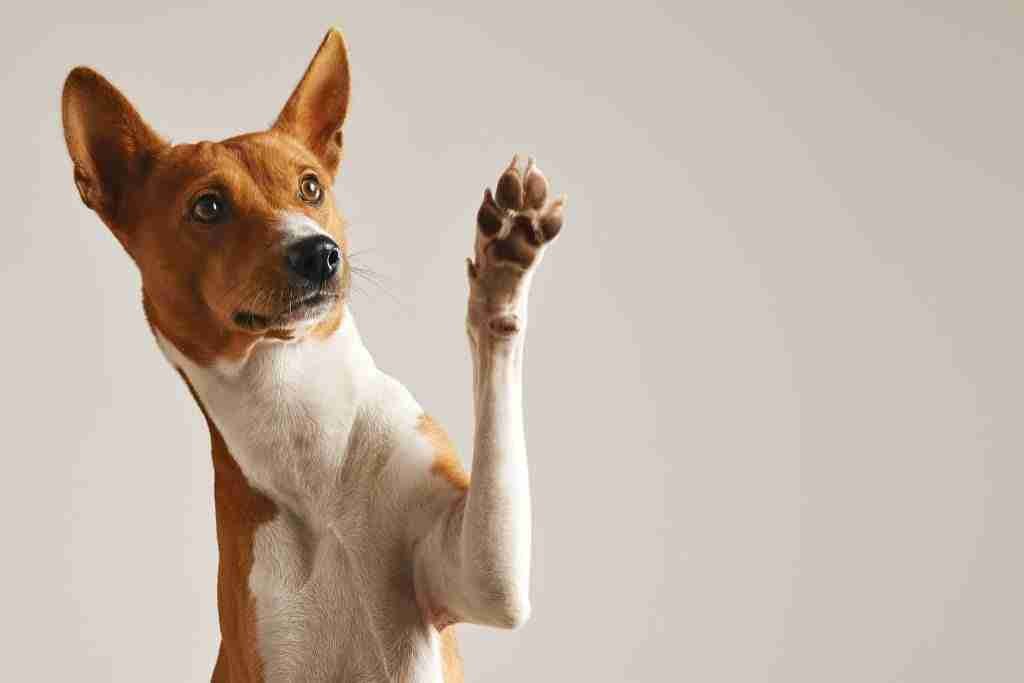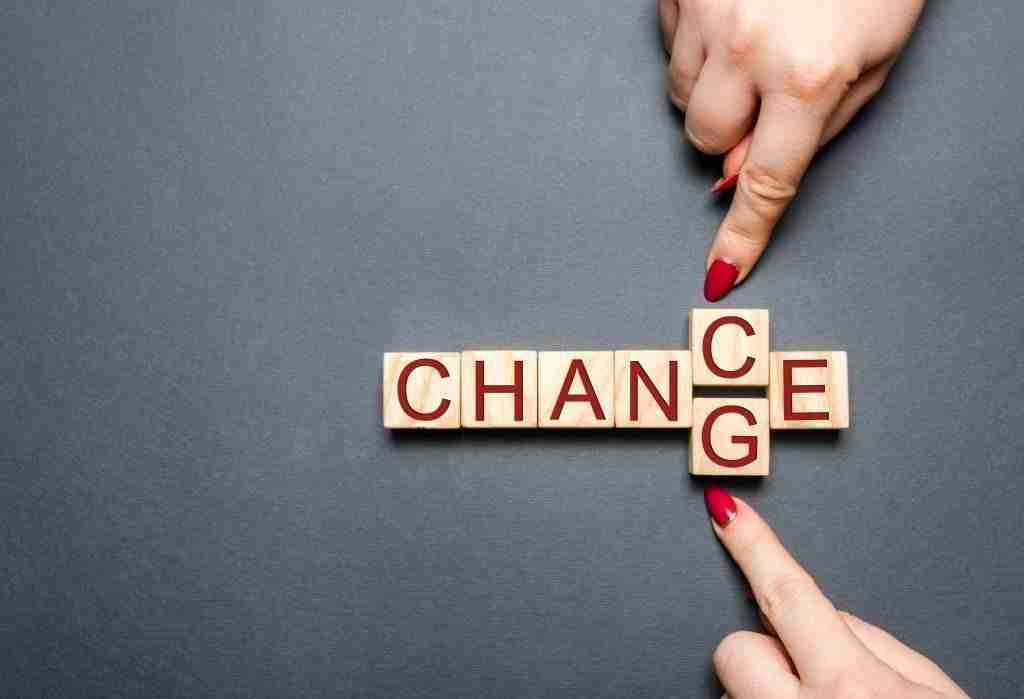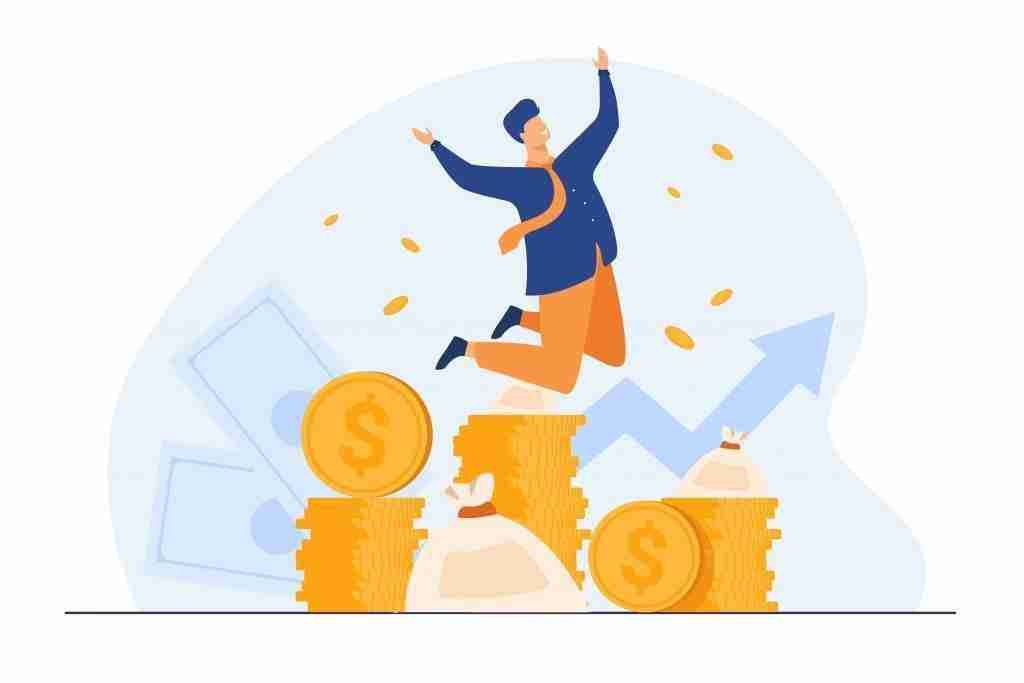Discover Your Authentic Self Through the Power of Creative Expression
Creativity is not just a means of artistic expression; it is a powerful tool for personal growth and self-discovery. By engaging in creative pursuits, we tap into our innermost thoughts, emotions, and desires, allowing us to connect with our true selves on a profound level. As the renowned psychologist Carl Jung once said,
“The creation of something new is not accomplished by the intellect, but by the play instinct arising from inner necessity. The creative mind plays with the objects it loves.”
The act of creation is a deeply personal and transformative experience. When we immerse ourselves in the creative process, we enter a state of flow where time seems to stand still, and the outside world fades away. In this space, we are free to explore the depths of our being, freed from the constraints of societal expectations or self-imposed limitations.
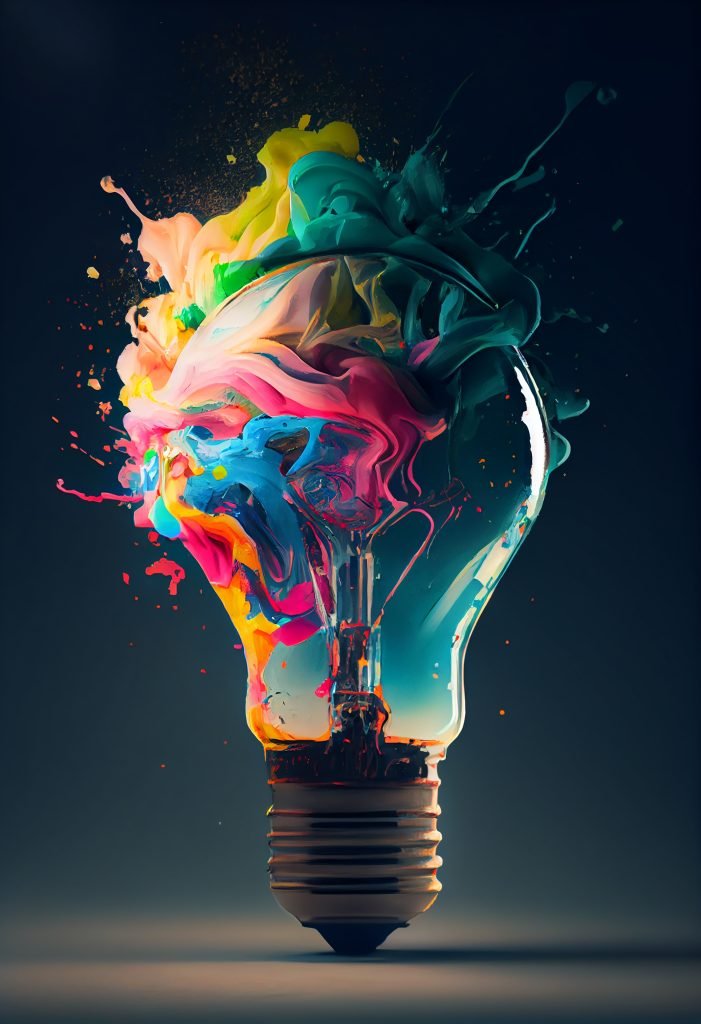
What is Creativity?
Creativity is the ability to generate novel and valuable ideas, solutions, or expressions. It is the process of bringing something new and original into existence, often by combining or reinterpreting existing elements in unique ways. Creativity is not limited to traditional forms of art but can manifest in countless aspects of life.
While painting, writing, and music are well-known creative pursuits, there are many unusual and lesser-known forms of creativity. Here are a few examples:
- Culinary Creativity – Chefs and food enthusiasts can express their creativity through innovative flavour combinations, plating techniques, and recipe development. Molecular gastronomy, which combines science and cooking, is a particularly avant-garde form of culinary creativity.
- Algorithmic Art – This form of creativity involves using computer algorithms to generate unique visual or auditory experiences. Artists write code that sets parameters for the computer to follow, resulting in mesmerizing patterns, images, or sounds.
- Kinetic Sculpture – Kinetic sculptors create artworks that move, often powered by wind, water, or mechanical elements. These dynamic sculptures blur the lines between art and engineering, inviting viewers to engage with the piece in a multi-sensory way.
- Guerrilla Gardening – This form of urban creativity involves cultivating plants and flowers in neglected public spaces, often without official permission. Guerrilla gardeners aim to beautify their communities and raise awareness about environmental issues through their unexpected interventions.
- Body Art – Beyond traditional tattoos and piercings, body art encompasses a wide range of creative practices, from intricate henna designs to extreme body modifications. Some artists even use the human body as a canvas for temporary installations or performances.
- Found Object Art – Artists who work with found objects collect discarded materials and repurpose them into new creative expressions. This can include anything from scrap metal sculptures to collages made from old photographs and ephemera.
- Sand Art – Using sand as a medium, artists create intricate designs, patterns, and even large-scale installations. Some sand artists work on beaches, crafting ephemeral masterpieces that are washed away by the tide, while others use sand in more permanent ways, such as in layered glass sculptures.
- Soundscapes – Soundscape artists use field recordings, ambient noises, and electronic manipulations to create immersive auditory experiences. These sonic landscapes can evoke specific emotions, transport listeners to different environments, or challenge traditional notions of music.
These are just a few examples of the countless ways creativity can manifest. By expanding our understanding of what constitutes creativity, we open ourselves up to new possibilities for self-expression and innovation in all areas of life.
Curious fact: Did you know that the term “creativity” was rarely used before the 20th century? It wasn’t until the 1950s that psychologists and researchers began to study creativity as a distinct cognitive process and personality trait.
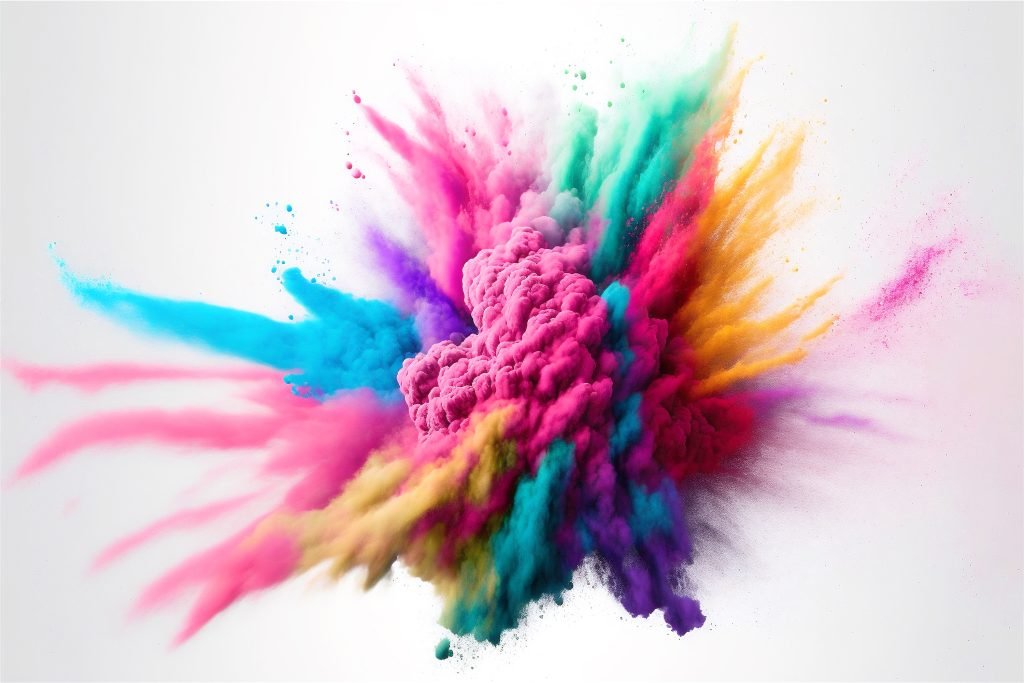
The Ego’s Resistance to Creativity
When embarking on a creative journey, it is common to encounter resistance from our ego. The ego, driven by fear and the need for control, may attempt to sabotage our efforts by filling our minds with doubts and self-criticism. It may whisper, “You’re not good enough,” or “What if people don’t like your work?”
To calm the ego’s anxieties, it is essential to approach creativity with a sense of curiosity and non-judgment. Remind yourself that the purpose of creative expression is not to seek external validation, but to explore and express your authentic self. Embrace the process, rather than fixating on the outcome.
One effective way to quiet the ego’s voice is through the practice of mindfulness. By bringing our attention to the present moment and observing our thoughts without attachment, we can create a sense of distance between ourselves and the ego’s chatter. This allows us to approach our creative endeavours with a greater sense of clarity and purpose.
The Transformative Power of Creative Expression
Engaging in creative activities has been shown to have numerous benefits for our mental, emotional, and spiritual well-being. Studies have found that creative expression can reduce stress, improve mood, and enhance cognitive function. But beyond these tangible benefits, creativity has the power to facilitate deep personal transformation.
When we express ourselves creatively, we give form to our innermost experiences and emotions. This process of externalization allows us to gain a new perspective on our lives, enabling us to process and integrate difficult experiences, heal old wounds, and discover hidden aspects of ourselves.
Moreover, the act of creation is a powerful reminder of our inherent capacity for growth and change. Each time we bring something new into the world, we affirm our ability to shape our reality and transform ourselves in the process.
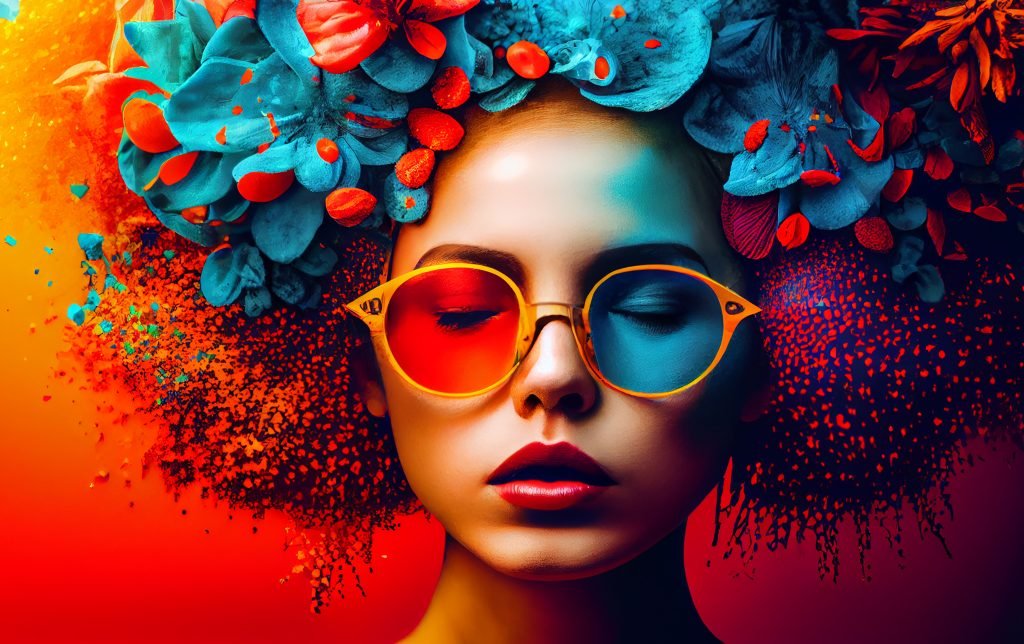
Practical Tips for Awakening Through Creativity
- Experiment with different mediums – Whether it’s painting, writing, dancing, or playing music, try various forms of creative expression to discover what resonates with you.
- Set aside dedicated time – Treat your creative practice as a sacred ritual. Carve out time each day or week to fully immerse yourself in the process.
- Embrace imperfection – Let go of the need for perfection and allow yourself to be vulnerable. Imperfections are what make our creations unique and authentic.
- Seek inspiration from within – Instead of looking for external sources of inspiration, turn inward. Explore your emotions, memories, and dreams as fuel for your creative fire.
- Share your creations – Sharing your work with others can be a powerful way to overcome fear and self-doubt. Join a creative community or share your creations with trusted friends and family.
- Incorporate mindfulness – Begin your creative practice with a few minutes of mindfulness meditation to calm your mind and centre yourself in the present moment.
- Reflect on your creations – After completing a creative project, take time to reflect on the process and the insights it has revealed about yourself.
By embracing creativity as a tool for self-discovery, we open ourselves up to a world of possibilities. As the artist Henri Matisse once said,
“Creativity takes courage.”
It takes courage to confront our fears, to be vulnerable, and to express our true selves. But in doing so, we unlock a path towards personal growth, healing, and transformation.
Curious facts:
- A study by the University of London found that engaging in creative activities can increase positive emotions, reduce stress, and enhance overall well-being.
- The Nobel Prize-winning physicist Richard Feynman attributed his scientific breakthroughs to his habit of playing the bongos and drawing portraits, which helped him approach problems from new angles.
- The famous artist Pablo Picasso once said, “Every child is an artist. The problem is how to remain an artist once we grow up.”
In conclusion, awakening through creativity is a powerful journey of self-discovery and transformation. By expressing our true selves through creative pursuits, we tap into our innate wisdom, heal old wounds, and unlock our full potential. So let us embrace the courage to create, and in doing so, awaken to the truth of who we really are.
Take the first step towards awakening your true self through creativity and embark on a journey of self-discovery and authentic expression.
